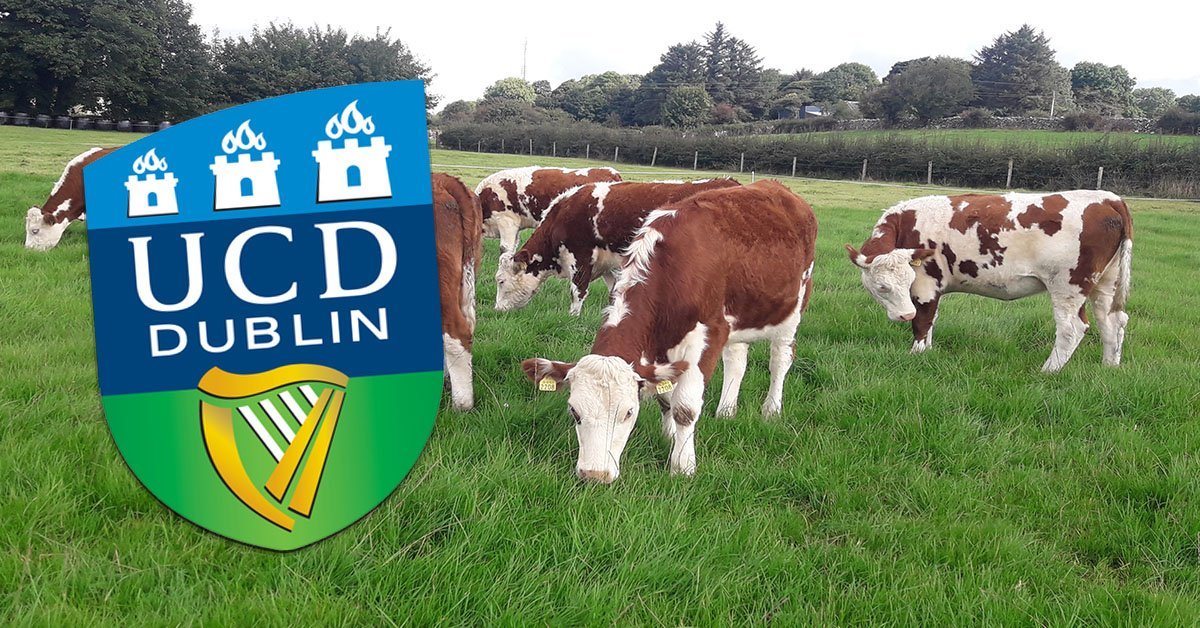A Decade of The Land Mobility Service: Impact and Future Direction
The sustainability and future prosperity of the family farming model and rural areas ultimately depend on generational renewal within the farming population (Conway et al., 2018). In Ireland and developed countries alike, there is a growing concern over the ageing farming population, with the average age of farmers in Ireland at 58 (Teagasc, 2022). More than half of farm holders are aged 55 years or over, while just 5% of farm holders are under 35 (CSO, 2018).
Access to land is widely seen to be the single most significant obstacle for young people seeking to join the agricultural sector (Zagata et al., 2015). Removing obstacles to land mobility and encouraging the next generation of farmers is a critical step to ensuring that ambitious sector targets are achieved. Research shows that there is a strong correlation between young farmers and farm progression, efficiency, and innovation (Leonard et al., 2017).
In Ireland, new entrants to farming occurs mainly through inheriting land and farming assets. With less than 1% of farmland sold on the open market annually (Bradfield et al., 2020), this results in inflated land prices, essentially cutting off this route for new entrants. With a projected increase of 6% in national land values (SCSI, 2022), it is apparent that purchasing land as a means of entry to the sector will only be an option to those with significant capital resources. Current land prices illustrate a disconnect between supply and demand, questioning the return on investment for new entrants.
Government intervention such as tax incentives are critical in these circumstances and action in this regard by government has resulted in positive outcomes to further land mobility. At present, there are a suite of tax incentives associated with agricultural land transfer. The main measures include relief on Capital Gains Tax (CGT), Capital Acquisitions Tax (CAT), and Stamp Duty (SD). With regard to CGT, retirement relief can eliminate or significantly reduce tax liability on transfer of assets. For CAT, Agricultural Relief reduces the value of assets being transferred to 10% of their initial value. SD relief comes in the form of Young Trained Farmer Relief, which can reduce SD in full.

The research paper was created by Professor Karina Pierce, Assistant Professor Brian Leonard and Assistant Professor Tomás Russell
School of Agriculture and Food Science, University College Dublin.
References for the Research Paper
Bradfield, T., Butler, R, Dillon, E.J., Hennessy, T, 2020. The factors influencing the profitability of leased land on dairy farms in Ireland. Land Use Policy 95: 104649.
Bogue, P. 2013. Land Mobility & Succession [Online]. Broadmore Research. Available Here >>
Central Statistics Office (CSO). 2018. Farms and Farmers [Online]. Central Statistics Office. Available Here >>
Conway, S.F., McDonagh, J., Farrell, M., Kinsella, A. 2018. Till death do us part: Exploring the Irish farmer-farm relationship in later life through the lens of ‘Insideness’. International journal of agricultural management, 7, 3-15.
Coopmans, I., Dessein, J., Accatino, F., Antonioli, F., Bertolozzi-Caredio, D., Gavrilescu, C., Gradziuk, P., Manevska-Tasevska, G., Meuwissen, M., Peneva, M. 2021. Understanding farm generational renewal and its influencing factors in Europe. Journal of Rural Studies 86: 398–409.
Geoghegan, C., O’Donoghue, C., 2018. Socioeconomic drivers of land mobility in Irish agriculture. Int. J. Agric. Manag. 7 (2), 26–34. https://doi.org/10.5836/ijam/2018- 07-26.
IFAC. Irish Farm Report. 2021. Available here >>
Ingram, J., Kirwan, J., 2011. Matching new entrants and retiring farmers through farm joint ventures: insights from the Fresh Start Initiative in Cornwall, UK. Land Use Pol. 28, 917–927. https://www.sciencedirect.com/science/article/abs/pii/S0264837711000305?via%3Dihub
Land Mobility Service Report, 2019. Land Mobility Report [Online]. Available Here >>
Leonard, B., Kinsella, A., O’Donoghue, C., Farrell, M., Mahon, M. 2017. Policy drivers of farm succession and inheritance. Land Use Pol. 61, 147–159. https://doi.org/10.1016/ j.landusepol .2016.09.006.
Maloney, R. 2020. The Matchmaker: Exploring the success of collaborative farming arrangements through the Irish Land Mobility Service. Masters Thesis, University College Dublin.
Russell, T., Breen, J., Gorman, M., & Heanue, K. (2020). Advisors perceptions of their role in supporting farm succession and inheritance. The Journal of Agricultural Education and Extension, 26(5), 485-496.
Society of Chartered Surveyors Ireland/Teagasc. 2022. Annual SCSI/Teagasc Agricultural Land Market Review and Outlook 2022.
Zagata, L., Sutherland, L.A. 2015. Deconstructing the “young farmer problem in Europe”: towards a research agenda. J. Rural Stud. 38, 39–51. https://www.sciencedirect.com/science/article/abs/pii/S0743016715000042?via%3Dihub.
Walsh, K. 2022. The relationship between emotional attachment and land mobility in young Irish farmers. Masters Thesis, University College Dublin.

